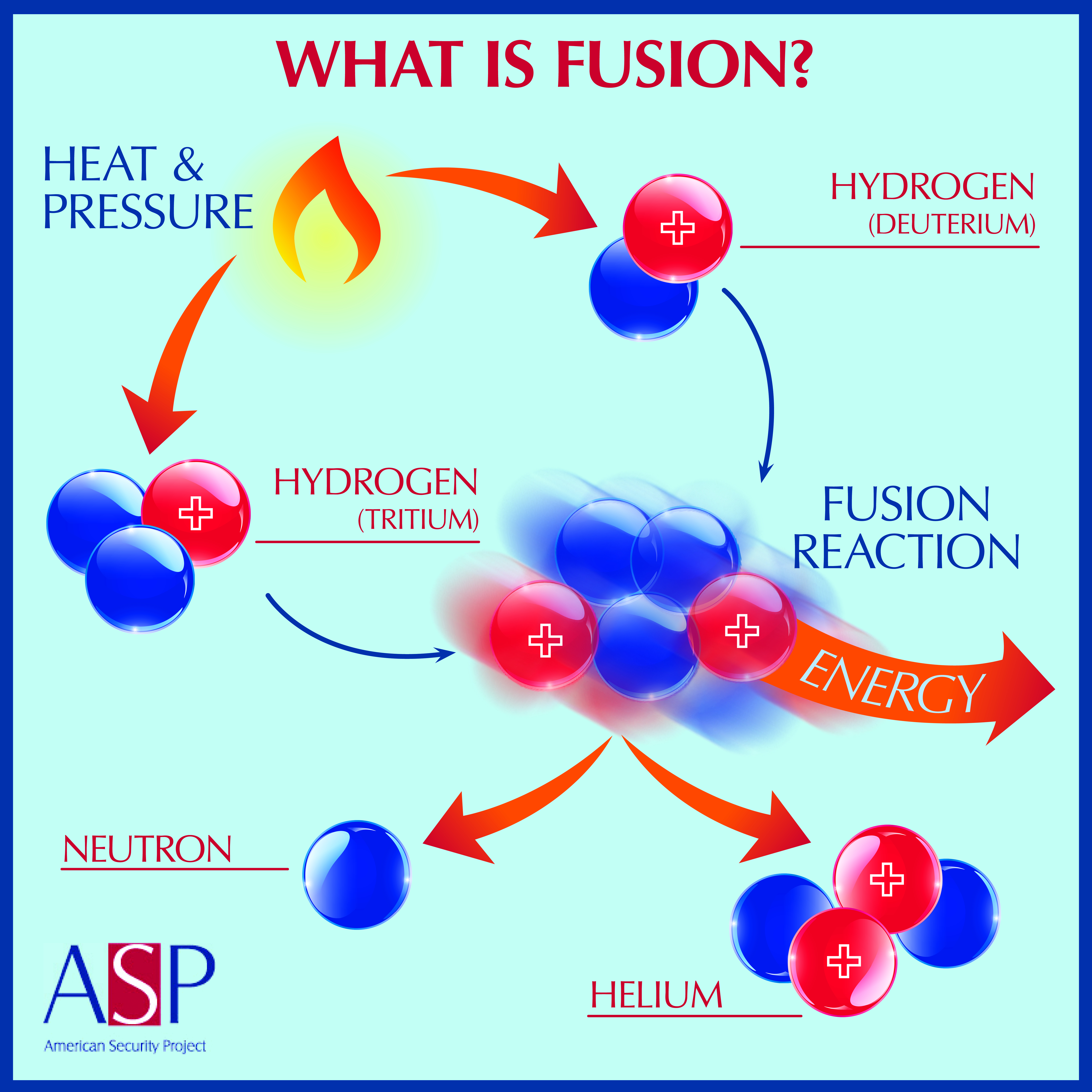
Event Review: Fusion Power – A 10 Year Plan to Energy Security
Podcast: Play in new window | Download
Subscribe: Apple Podcasts | RSS
On Wednesday, March 13 the American Security Project hosted an event entitled “Fusion Power: A 10-Year Plan to Energy Security.” The event coincided with the release of ASP’s newest White Paper on fusion power.
Congresswoman Zoe Lofgren gave a brief introduction where she noted that Congress’s impact on fusion power had stalled. However, she is a firm believer in the benefits of fusion power. She noted that in August of 2012 she released a letter signed by over 100 members of Congress signatures showing support for fusion science. Her message was clear: fusion research is important, and we must give it the funding that it deserves.
Vice Admiral Lee Gunn, USN (Ret.), a member of ASP’s Board of Directors, gave a short presentation dealing with energy security problems and American leadership. He noted six energy challenges that the United States faces: growing global demand; the security of energy supplies; economic stability; environmental sustainability; an aging infrastructure; and declining American R&D investment. He was adamant in saying that the United States must take up a new leadership position in the new energy economy.
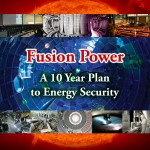 Next, Dr. Stewart Prager, the Director of the Princeton Plasma Physics Lab, discussed the basics of fusion energy and why it is critical to America’s long-term energy security. He stated that fusion is an efficient energy source because it is nearly inexhaustible, available to all nations, produces zero greenhouse gases, and impervious to nuclear meltdowns. Still, producing power from fusion is difficult – one of the most challenging scientific endeavors ever undertaken.
Next, Dr. Stewart Prager, the Director of the Princeton Plasma Physics Lab, discussed the basics of fusion energy and why it is critical to America’s long-term energy security. He stated that fusion is an efficient energy source because it is nearly inexhaustible, available to all nations, produces zero greenhouse gases, and impervious to nuclear meltdowns. Still, producing power from fusion is difficult – one of the most challenging scientific endeavors ever undertaken.
However, there has been much progress made in this field. Scientists routinely produce plasma at very high temperatures. In the 1990’s, optimism over fusion power spread around the world, when fusion researchers achieved several significant milestones. Fusion scientists had generated exponential increases in fusion power, but progress stalled when funding was cut.
Since then, the American fusion program has slowed and the U.S. is alone among industrialized countries in its absence of an official roadmap to commercialization of fusion power. The United States is already experiencing a “brain drain” of fusion scientists to other nations that are investing more aggressively in fusion.Dr. Prager stressed that a decrease in domestic funding would destroy U.S. fusion projects, as well as our ability to benefit from the ITER project in France, an internationally-backed experimental fusion facility currently under construction. Falling to a second tier in fusion power would mean that America’s competitive position would suffer, both economically and scientifically. Thus, it is imperative that we invest in fusion power in order to realize its massive benefits.
ASP Senior Fellow Andrew Holland gave the last presentation. He discussed the recent White Paper on fusion power, and he offered a number of suggestions in order to streamline its progress. He stated that the “business as usual” plans for fusion energy commercialization, which begin around 2050, are unacceptable for three reasons: national security, the rapid pace of environmental change, and falling U.S. leadership. He suggested that the United States make a national commitment, or an Apollo Program, on fusion energy.
This would mean a $30 billion investment in fusion power (combined for both inertial and magnetic fusion) over the next 10 years, with the goal of building a machine of providing “demonstration levels” of electricity to the grid. He gave six recommendations to help make the fusion power commitment more effective. One of these includes the creation of a Fusion Power Commissioner, which would have streamlined authority to oversee the U.S. fusion program. He also said that it is important to have cooperation between the public and private sector in matters of construction of plants and commercialization of power.
Fusion power is within sight, but will require a dedicated commitment from the U.S. to see it through. ASP’s report on fusion power provides detailed steps on how to accelerate development towards commercialization.
To listen to full audio of the event, click here.
To read the ASP White Paper entitled, “Fusion Power: A 10-Year Plan to Energy Security,” click here.
For more information on ASP’s work on fusion power, click here.
Check out more photos of the event here:

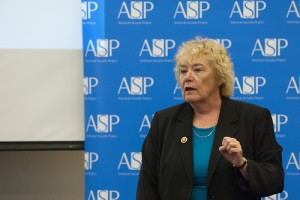
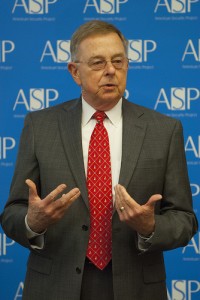
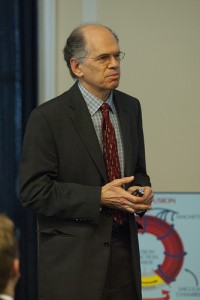






[…] you can read the review of this event and listen to the audio here […]
[…] Event Review: Fusion Power – A 10 Year Plan to Energy Security […]
[…] Event Review: Fusion Power – A 10 Year Plan to Energy Security […]
[…] For a full recap of the event, click here. […]
[…] Event Review: Fusion Power – A 10 Year Plan to Energy Security […]